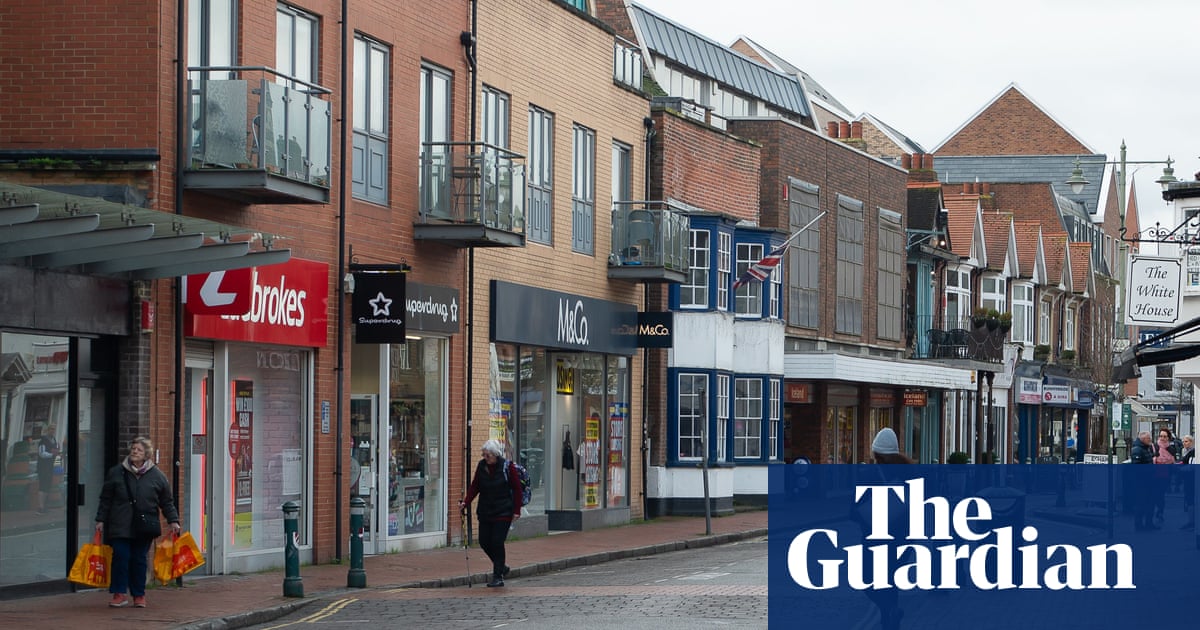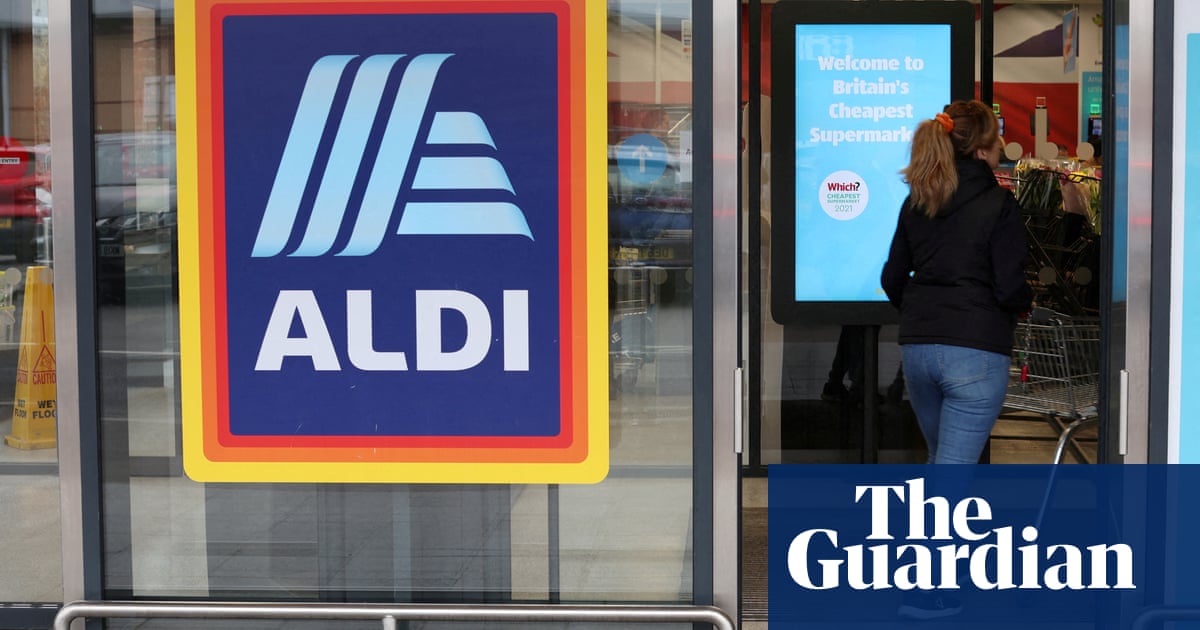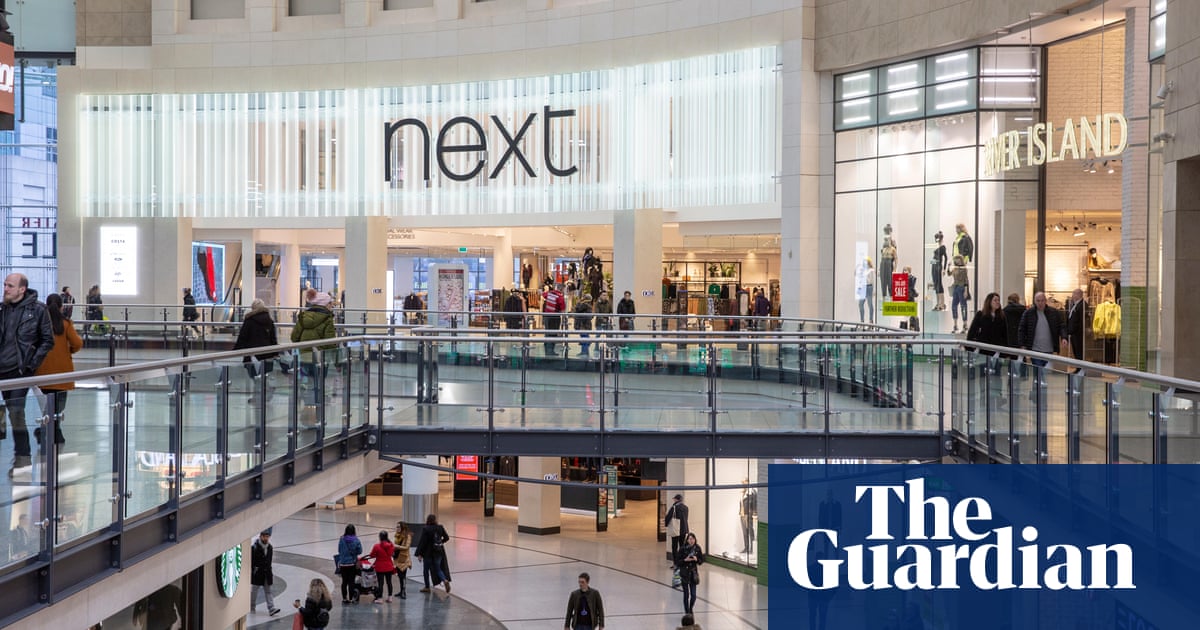
Britain’s economy is showing growing signs of stress from the soaring cost of living amid a sharp fall in retail sales and the biggest loss of momentum for service sector activity since Omicron hit businesses at the end of last year.
Figures showed that a bigger than expected decline in March retail sales was followed by a slowdown across the economy in April, with record inflationary pressures hitting businesses.
The Office for National Statistics (ONS) said retail sales volumes in Great Britain dropped by 1.4% in March, after a decline of 0.5% a month earlier as shoppers adjusted to rising costs. City economists had forecast a drop of 0.3%.
The drop in demand came before shoppers felt the impact of April’s cost of living rises, when the cap on household energy bills went up by 54% and national insurance contributions increased by 1.25 percentage points.
Darren Morgan, a director of economic statistics at the ONS, said: “Retail sales fell back notably in March, with rises in the cost of living hitting consumers’ spending. Online sales were hit particularly hard due to lower levels of discretionary spending.”
Separate figures from S&P Global and the Chartered Institute of Procurement and Supply (Cips) showed growth in the UK private sector had recorded the slowest rate for three months as high inflation and the war in Ukraine hit demand.
The monthly snapshot, which is closely monitored by the Treasury and the Bank of England for early warning signs from the economy, found service providers have experienced a considerable loss of momentum in April as they passed on higher costs to consumers amid a rise in prices for raw materials.
Warning that escalating costs were offsetting a boost to spending from the end of Covid restrictions, the survey found escalating energy, fuel and raw material costs contributed to across-the-board rises in average prices charged by firms.
Chris Williamson, the chief business economist at S&P Global, said: “High prices and the associated rising cost of living were often cited as a principal cause of lower demand, with Covid also continuing to affect many businesses. Brexit and transport delays were seen as having further impeded export sales, while the Ukraine war and Russian sanctions also led to lost overseas trade.”
Following the release of the figures, the pound fell 1.3% to its weakest level since late 2020, to just below $1.29.
According to the ONS data, spending on food fell for the fifth consecutive month as supermarkets reported a sharp drop in sales alongside declines for butchers and bakers, as well as an 11.3% fall in spending at alcohol and tobacco stores.
The ONS said some of the drop in spending could be explained by consumers returning to pubs and restaurants after the easing of pandemic restrictions, although it warned the impact of rising food prices on the cost of living was also hurting retail sales.
Fears for a marked slowdown in consumer spending have intensified in recent weeks, with surveys showing the public has grown gloomier about the economy than when banks were on the brink of collapse during the 2008 financial crisis. Figures from the ONS show 87% of adults reported a rise in living costs in late March, compared with 62% in November.
Against a backdrop of soaring global energy prices and rising cost of a weekly shop, inflation reached 7% in March – the highest level since 1992 – and is forecast to rise further this month after a record increase in household gas and electricity prices. The Bank of England has warned the measure for the rising cost of living could hit 10% later this year, the highest level since the early 1980s.
With prices for petrol and diesel hitting a record high last month as the Russia-Ukraine war ripples through global oil and gas markets, fuel sales across Great Britain fell 3.8% in March as households cut back on non-essential travel.
The ONS said online spending fell to 26% as a proportion of total sales – the lowest since February 2020, immediately before the Covid-19 pandemic spread – with consumers returning to shopping on the high street and as families cut back on non-essentials.
Online sales soared during lockdown, hitting a peak of 37.1% in February 2021. Although expected to fall back as the economy reopened, spending remains much higher than before the pandemic, when online retail accounted for about a fifth of overall sales.












